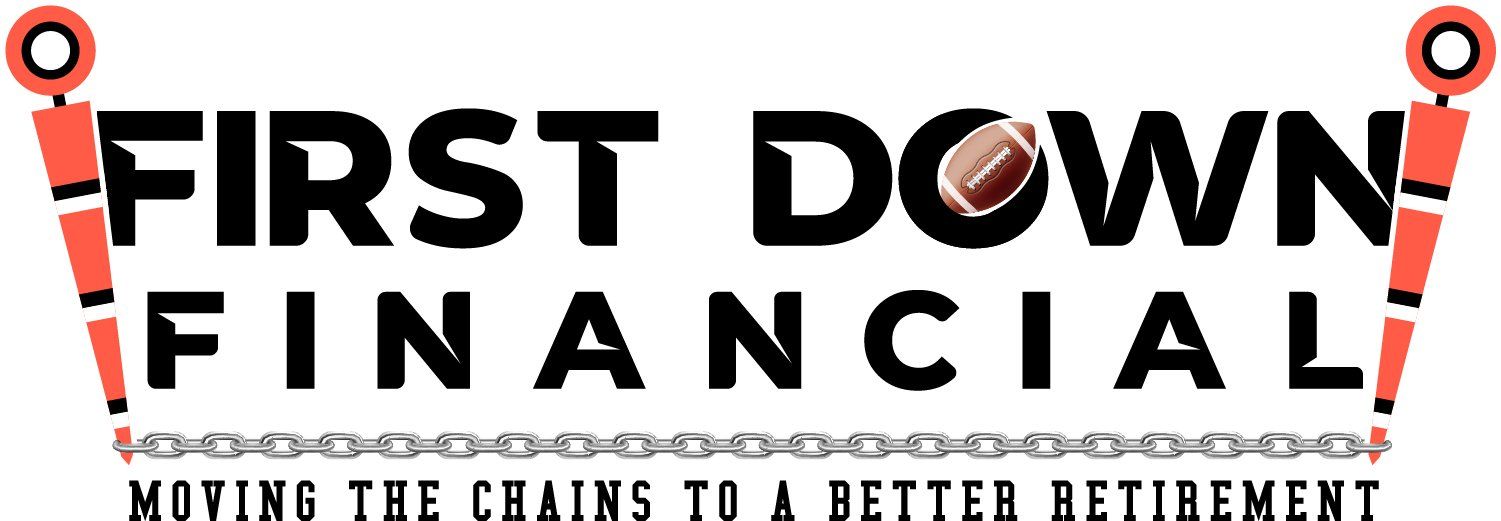
I would like to tell you a tale that might teach us all a lesson or two about what’s coming, a walk down FED memory lane if you will... As many of you know the 70s were characterized by deeply negative real interest rates as well as rampant inflation rates. Borrowing boomed, both public and private. So did asset bubbles. Because financialization of the economy had not yet benefitted from de-regulation, asset bubbles were more localized. Farmland in places like Nebraska and Kansas and oil rich land in Oklahoma. Farmland, mineral rights, rigs were used as bank collateral.
Land prices rising led to more valuable collaterals that led to more borrowing that led…you know the gig. Oil rigs were booming in the same way. Investments going through the roof on cheap borrowing. Mineral leases, energy loans, you name it.
You know how this ended. Volker doubled FFR to break the psychological vicious cycle of price and asset inflation. The need to shock and awe was the result of years of negative real interest rates as Fed stood by idly watching the economy spin in price/asset bubble frenzy.
Volker succeeded as you know, and inflation was brought back under control, but farmland prices crashed by almost 30% and oil tanked from $ 120 / b to…$ 25 /b over a few years. And as a result, > 1600 banks collapsed in the aftermath of this asset bubble popping.
To put this number in perspective, the Global Financial Crisis saw a total of less than 400 US banks collapse over 2008-13. Asset price collapses => bank collapses => contraction of credit. Unemployment hit 10%.
Let’s break down the mechanisms at play. Fed enabled and encouraged lending growth. Animal spirits led to unbridled speculation on the value of assets. Banks played their role in facilitating the self-reinforcing nature of this speculation.
Then the music stopped. Levered players got wiped out. Late buyers got wiped-out. Collateral value collapsed. Banks went bust. All throughout that inflationary/asset bubble cycle there was a prevalent school of thought that blamed inflation on…supply cost push. Sounds familiar?
Lots of organizations got blamed. Unions for fueling wage-price spirals. Middle Eastern oil cartels for juicing up oil prices. Price and wage controls were imposed then failed. Sounds familiar?
But Fed’s own research advanced an explanation based around the notion of « monetary policy neglect » which refers to this obstinate policy of negative interest rates in the face of evidence of excessive lending and demand fueled price pressures. Sounds familiar?
This gets us too today. Are there any similarities in the way Fed has conducted monetary policy during this bout of inflationary burst? Fed used same policy tool as in the 70s by maintaining large negative real rates in the face of a shift in the fiscal paradigm.
Negative real rates with trillions spent directly on stoking demand (totally including mis-timed tax cuts). But that’s not all. This time Fed introduced a new policy since GFC and that’s QE. It did many rounds of it but then went unhinged in ‘20 with the COVID shock.
While QE is unambiguously not directly inflationary, it does have an incidence on persistency of inflation. If I was to lay out very simply, it would go like this. QE has a very powerful signaling effect. You have the largest player in the market with unlimited B/S buying unholy amounts of a certain asset. That signals that the price of such asset will be supported well into the future. As it happens, that price is the reverse of the cost of capital.
As a result, and given the absolute certainty that this cost will be kept under control into the foreseeable future, what does any rational economic player do? Load-up on debt and buy assets. Or load-up on debt and spend if you are a government.
And so, debt (corporate + sovereign) went into the stratosphere. This did fuel an asset bubble as many channels directed proceeds of leverage into assets. Buy-backs are an example. Leveraged loans another. Margin loans. Mortgages…you name it…
Enters inflation. We did specify that Fed went ballistic just as demand side was being stoked by unholy spending. So, there are clearly elements of monetary policy neglect at play. Anyway. Enters inflation when sovereign and corporate debt has increased a lot.
Take your pick whether you want to measure in absolute or as % of GDP or whatever. But corporate and sovereign debt increased a lot. So comes a time when inflation is rising fast and rational economic player will develop serious doubts as to the system’s collective ability to repay all this debt. So, it starts making sense to dump all this load of debt and buy some more assets (resources, physical, energy and consume more). This is the point when the pile of negative yielding debt contracts massively. That tipping point is now.
Debt will continue to be sold until it reaches a level that is deemed sustainable. Fed’s awakening after slumber will only reinforce this dynamic. That’s a long way from here. Now will that lead to a pop in various asset bubbles? Yep. We are certainly seeing that now in the stock markets 25+% decline. Will we see bank failures? Yep.
But there are obvious differences. Mostly, bank lending was far from unbridled this time around. That’s because banks are in a better reserve and regulatory place than they have ever been in a while, and that can be credited again to Volker and Fed Corollary, a lot of the dirty work got lifted by a swath of shadow banks that are less regulated. In return these get financed by traditional banks but not through traditional loans. Think Archegos blowing up but costing banks money after all.
Last difference is that current bubble proportions are biblical as financial markets got infinitely more complex and inter-connected, with lots of illiquidity and counterparty risks built in.
As I always mention on my weekly podcasts, I could be wrong. But I feel that walk down memory lane could be quite brutal this time around. Seek safe assets to protect your wealth!
Contact Us
Have a question? Send us a message, call 407 337-2145 or book an appoinment via the link.
Contact Us
We will get back to you as soon as possible
Please try again later
Contact Information
1942 W CR 419 #1030
Oviedo, FL 32766
407 337-2145
steve@riptidefinancial.com
Business Hours
- Mon - Fri
- -
- Saturday
- Appointment Only
- Sunday
- Closed
Financial Planning - Portfolio Managment - Tax Planning - Annuities - Life Insurance
We are an independent financial services firm helping individuals create retirement strategies using a variety of investment and insurance products. Advisory services are provided through Riptide Financial, LLC, a registered investment advisor.
All reports, publications, podcasts, audio files, and the content contained therein provided via this website are for informational purposes only. Content of podcasts is current as of the time of recording. No content available on this site is intended to provide tax or legal advice or personalized investment advice, nor is it an offer or solicitation to buy or sell securities. Views and opinions may change based on new information or analysis. Riptide makes no assurance as to the accuracy of any forecast made. Figures, references, and data cited in all written and audio content are obtained from sources believed to be reliable, but we do not warrant or guarantee the timeliness or accuracy of this information.
Investing involves the risk of loss, and some strategies may not be right for you. Past performance does not guarantee future return. Hypothetical outcomes do not reflect actual investment results and are not guarantees of future results. All assumed, expected, or stated returns are not guaranteed unless otherwise stated. Indexes are not available for direct investment. A professional advisor should be consulted before undertaking any strategy or implementing any specific advice. Always consult an attorney or tax professional regarding your specific legal or tax situation. By requesting any report available via this site you may be provided with information regarding the purchase of insurance products or investment advisory services in the future.
Riptide Financial Services is not affiliated with any government agency, including the Social Security Administration. For information regarding your specific situation, it is recommended to contact the Social Security Administration.
*"Peace of Mind," "Safety," "Principal Protection," "Lifetime Income, "Guaranteed Income," or other guarantees are associated with fixed insurance products. No such language refers in any way to investment advice, investment advisory products, securities, or recommendations provided by Riptide Financial Services. Investing involves risk. Rates of return are not guaranteed unless otherwise stated. All guarantees relating to insurance products are dependent on the financial strength and claims-paying ability of the issuing insurance company. Guarantees may be subject to various restrictions, limitations, or fees, which can vary depending on the issuing insurance company. Annuities have limitations and are not appropriate for all circumstances or individuals. They are not intended to replace emergency funds or to fund short-term savings or income goals. Investing involves risk.
Lifetime income may be available on certain products through an optional rider at no cost or for an additional cost, depending on the specific product and contract. Taking withdrawals prior to turning age 59 ½ may result in tax penalty fees in addition to ordinary income taxes. Withdrawals from annuities may trigger charges or reduce the contract value and death benefit. Insurance products are not insured by any federal government agency and may lose value.
Riptide does not solicit or request reviews appearing on this page from non-clients, and clients are under no obligation to provide reviews. On occasion, Riptide Financial Services provides non-cash prizes such as gifts or gift baskets to existing clients in exchange for testimonials and referrals. All such non-cash compensation adheres to all applicable regulations.






